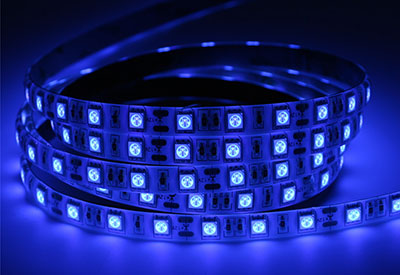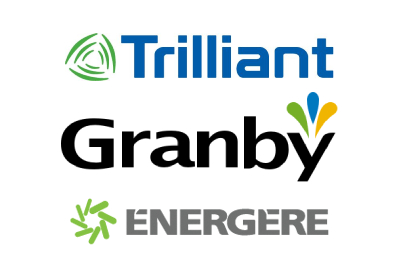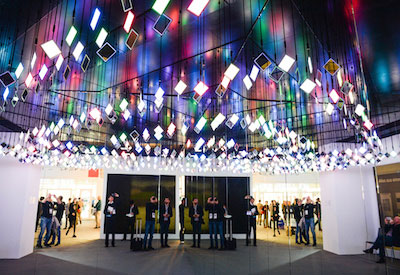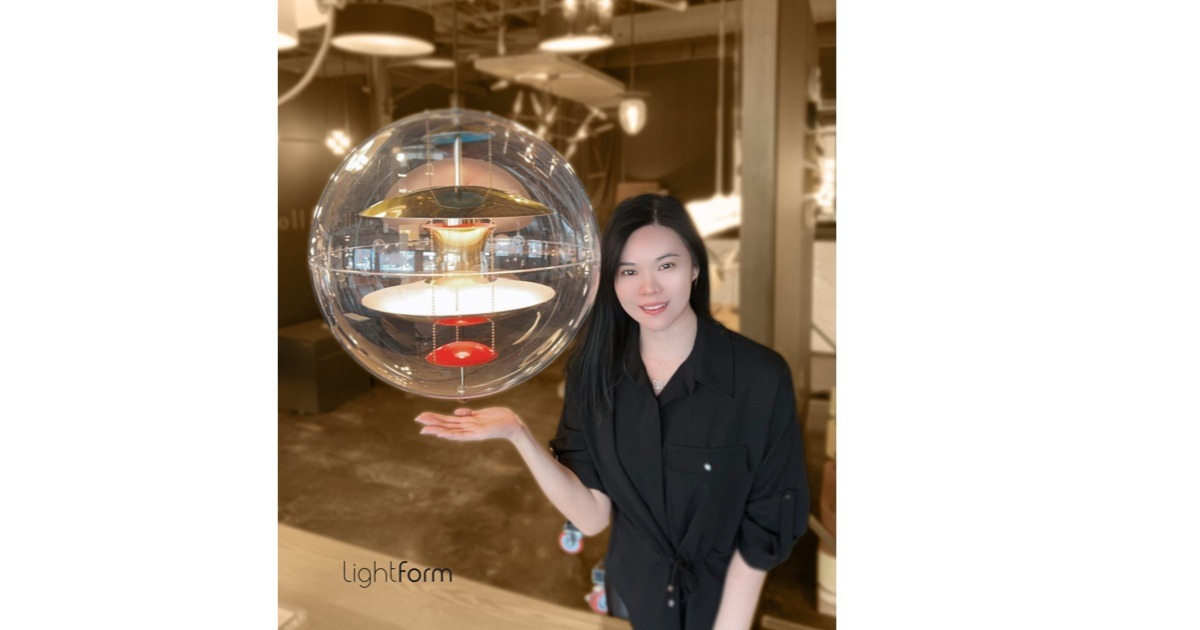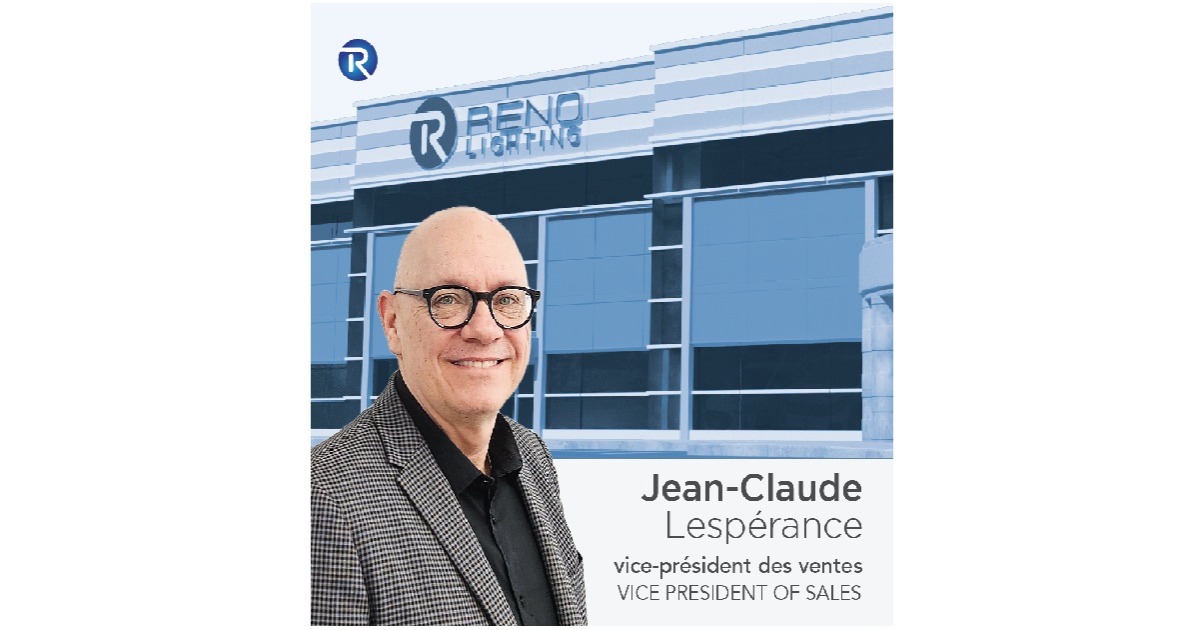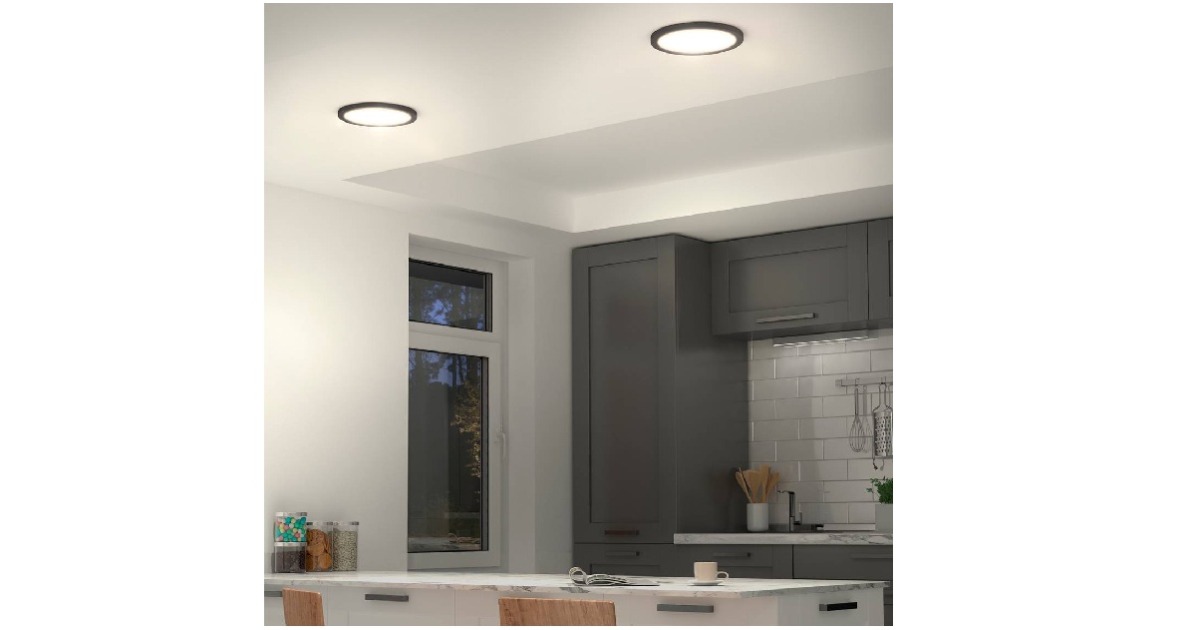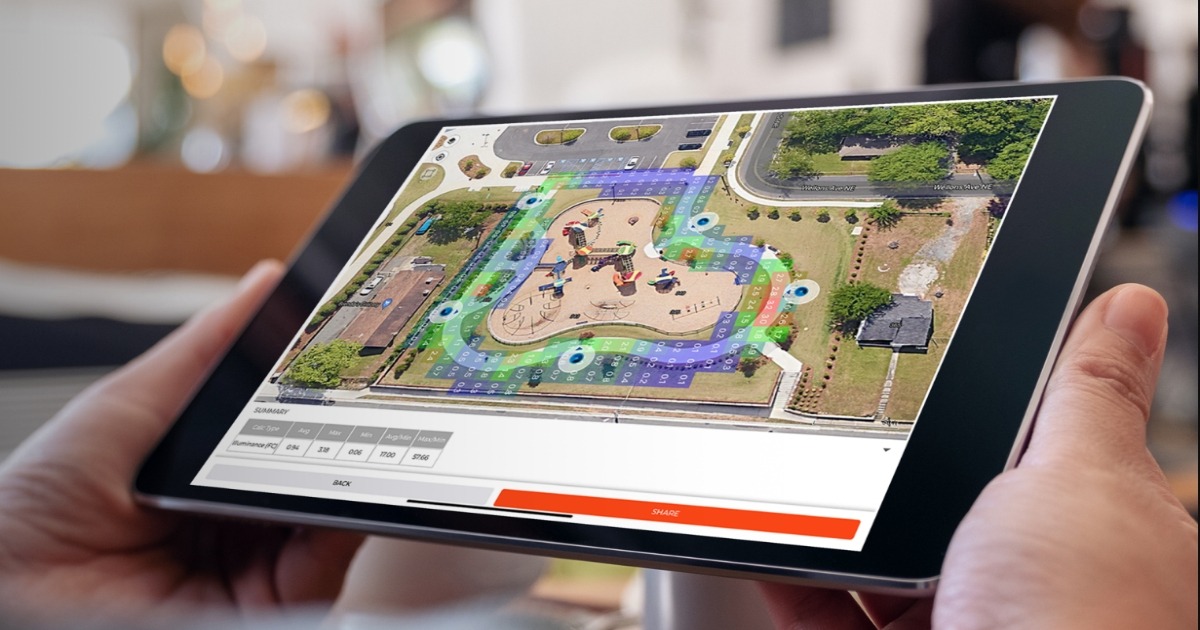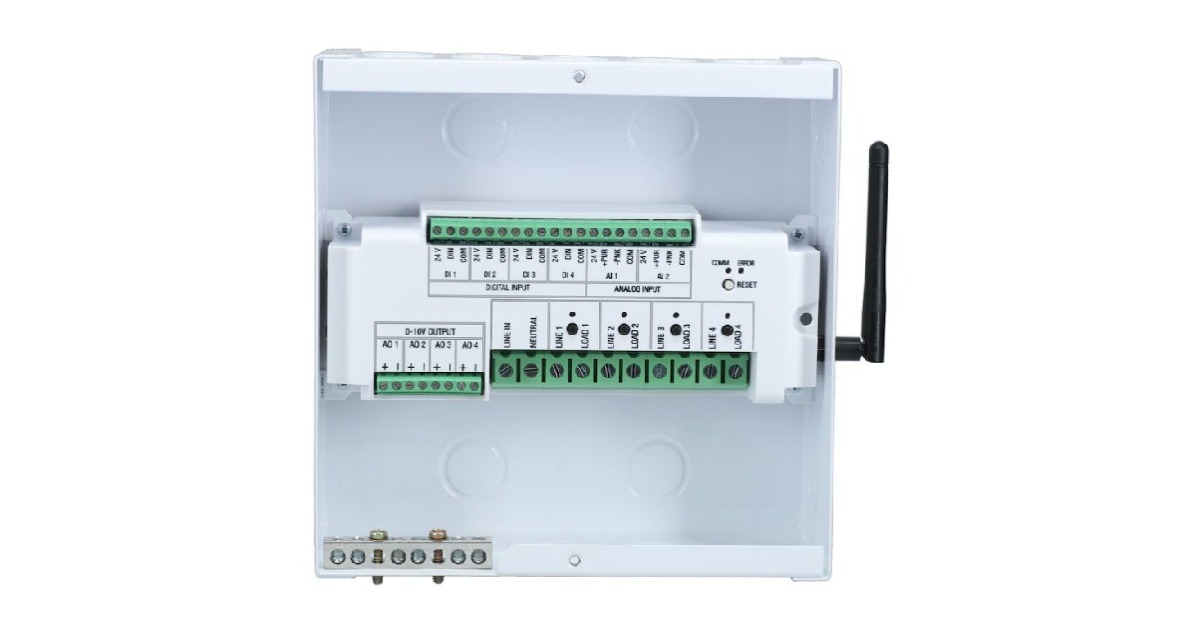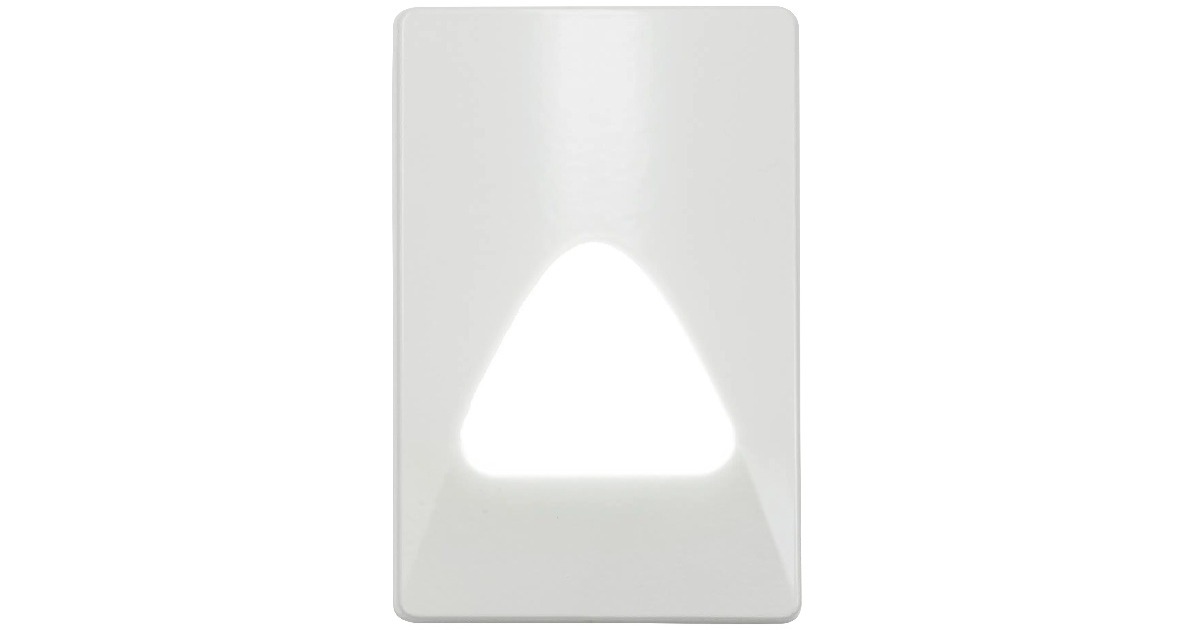3 Top Commercial Lighting Trends for 2020
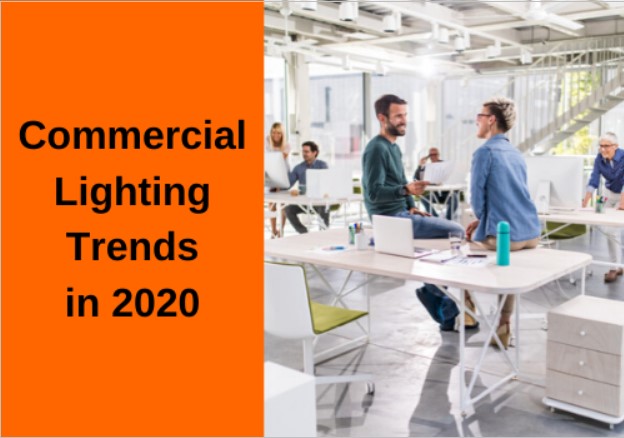
Feb 18, 2020
A broadening of the role of luminaires and a continued focus on people and energy efficiency are three top commercial lighting trends projected for 2020.
Luminaires go beyond illumination
The number of smart components integrated into every luminaire will increase in the coming year; this includes occupancy sensors, controls, and the latest wireless communications technologies such as BLE.
Why? Because luminaires with integrated smart component technologies are a critical part of the infrastructure required to support smart building applications such as asset tracking and digital wayfinding. Integrating smart components in luminaires has several key benefits: they can leverage the ubiquitous location of luminaires across a specific space and get direct access to power. Fixture-integrated component functionality will go beyond what is required for general illumination and will create the backbone for intelligent building IoT applications—a trend that will be most evident in the commercial real estate, healthcare, and education industries. Smart building IoT powers numerous advantages for organizations, including energy efficiency, improved staff productivity, predictive maintenance, and increased security.
The spotlight is on people
As companies work to build a better workforce and a more loyal one, they are putting people first when it comes to workplace design. Employers that value and prioritize the employee experience help ensure their organizations thrive. Focusing on occupant health and wellbeing is now a critical priority and part of this effort is around how people interact with light.
According to the Well Building Standard, the hues and brightness of nature during a 24-hour cycle can have a profound effect on humans by positively impacting the human body’s circadian rhythm, which is our 24-hour sleep-wake cycle. And to maintain optimal, properly synchronized circadian rhythms, the body requires periods of both light and darkness. Insufficient illumination or improper lighting design can lead to drifting of the circadian phase, especially if paired with inappropriate light exposure at night. Light exposure directly impacts mood, reduces symptoms of depression in individuals, and has been linked with health, including affecting how we recover and heal.
Tunable White (TW) technology, which is the enabling technology for human-centric applications, creates artificial light that mimics the natural 24-hour light cycle. It mirrors the natural daily warm to cool cycle by adjusting the color temperature of a luminaire’s white light output. This modification to artificial light is essential to those that spend many hours indoors. TW technology is gaining momentum in commercial real estate, education, and healthcare settings.
For example, TW technology supports today’s learning styles and teaching methods. The U.S. Department of Energy (DOE) GATEWAY program released a report in 2017 on a successful trial installation of tunable white LED lighting systems in three classrooms that provided valuable insights into the use of this technology in a real-world setting. The trial took place in the Carrollton-Farmers Branch Independent School District in Carrollton, TX. Two teachers interviewed by DOE stated that the lighting system improved the overall learning environment.
Energy efficiency is still top of mind
As the urgency of climate change surges, energy efficiency remains top of mind across the building sector. Facility managers and building owners continue to seek ways to cut energy usage and associated costs. Therefore, lighting designers and specifiers that persist in implementing lighting controls at the system and fixture-integrated component level will persist in playing a key role in energy efficiency strategies.
In support of green building, industry organizations, including U.S. Green Building Council (USGBC), the Well Building Institute, and the Canada Green Building Council (CaGBC), are gaining ground. More and more projects are signing on to incorporate sustainability into their objectives, and many projects will incorporate these standards to improve occupant health and wellbeing.
Plus, there has been some movement by the US government on reducing energy consumption. ANSI/ASHRAE/IES 90.1, the national energy standard for energy-efficient design of commercial buildings, goes into effect February 2020. The aim of this new version is that it will reward designs for achieving energy cost levels above the standard minimum that result in more efficient buildings and more innovative solutions. The U.S. Department of Energy ruled back in February 2018 that all states must adopt a code at least as stringent as ANSI/ASHRAE/IES 90.1 by February 2020 or justify why they cannot comply.
The buildings sector constitutes about 76%* of electricity use and 40% of all U.S. primary energy use and associated greenhouse gas (GHG) emissions. Additionally, according to the EPA, buildings account for 30% of the total carbon dioxide, 49% of the sulfur dioxide, and 25% of the nitrogen oxides emitted in the U.S. Therefore, it stands to reason that the building sector has a high potential for additional energy efficiency measures.
This article was first published online by Osram:https://info.osram.us/blog/commercial-lighting-trends-for-2020

